With yoga becoming more popular in recent years, many types of yoga-related products are being advertised as ‘essential’ and 'must have' for your practice. All you need to do is to look around - today you can find mats, straps and blocks of all qualities and prices everywhere from online stores to your local supermarket. It’s easy to see how it may get confusing to filter through all the noise and choose only the props that are made to last and that can actually help you. This guide is here to give you all the information you need on how to choose essential and quality gear for a well-rounded yoga practice, while saving time and money in the long run.
Yoga equipment – the benefits of getting it right
Choosing the right yoga equipment can really make a difference in your practice whether you are new to yoga or already an advanced practitioner. If you are a beginner, learning all the basic poses using a mat that keeps you grounded and sure-footed is the best way to start, while relying on a block or a strap is optional, but it will definitely help you improve from early on. For people who have already started yoga some years back, investing in the right props will take your practice even further and is likely to help you experience yoga in a whole new way.

It all starts with getting the ideal grip on your yoga mat.
THE yoga accessory everyone needs: a great mat
Many people choose to buy this one yoga accessory so that they gain more control over the quality and cleanliness of their workout space when at the studio, or to get the right support when they exercise or meditate at home. A strong suggestion for anyone who wishes to begin or upgrade their practice is to get a grippy and comfortable yoga mat. In other words, out of all the yoga gear available out there, it’s important to invest in a good yoga mat even if that is the only piece of equipment you ever purchase for your yoga or Pilates sessions.
Plenty of people think that when taking up yoga there isn’t much to know before signing up with their local studio. The reality is that certain mats can actually make or break your routine even from the very beginning. Get a mat that’s slippery and you’ll find yourself focusing a lot on not falling and paying little attention to how you feel in each posture and where you need to take your practice. If you’re too focused on not slipping, which often happens when using regular studio mats, you may even end up not hearing what the teacher is telling you or missing that there’s been a switch to a new pose – especially if you become sweaty and your palms tend to slip on your mat more.
Next, I'll lay out some features to consider when investing in a good quality yoga mat.

1. Grip
If you are a beginner, a mat with a bad grip will get you to struggle to keep your balance, which may get you used to holding certain postures in a way that puts too much pressure on your wrists or spine. As a consequence, you’ll learn to hold these poses in a way that creates pressure points, tension in your joints or muscles and even cramps. This is likely to affect your body in the long run, especially if your teacher doesn’t correct you from early on or if you are starting your first yoga sessions at home with the help of video classes. Learning to hold poses the wrong way will also be very difficult to unlearn afterwards.
If you’re already an intermediate or advanced Yogi, the more non slip your yoga mat, the longer you’ll be able to hold each pose and the more focused you’ll become on your breathing and the spiritual part of your practice.
The best mats for grip are the ones made from natural rubber with an optional surface of eco-friendly polyurethane. Natural rubber is an eco-friendly material extracted from rubber trees that’s known for providing very strong grip in yoga mats. However, these mats tend to be on the more expensive side due to the quality of the materials used and them being derived from natural resources, especially if the rubber is sourced sustainably and processed in a way that’s considerate to the environment. Therefore, it depends on how invested you are in doing yoga or Pilates as well as how important you believe a completely non-slip practice will be for your personal and workout goals.
Alternatively, you can look into mats made from other materials such as cork or microfibre, noting that in the latter case you will need to spray your mat with water in order to give it some grip. If you wish to learn more, a complete guide on how to choose your yoga mat is available here.

2. Thickness
If you're practicing yoga daily, or you want to take it slowly and focus on improving your postures, you need a mat that offers you comfort and supports your movements, especially if you’re prone to pain in your joints when you exercise. To help protect your knees and ankles, we recommend that you pick a mat that's around 4 mm thick or higher. Also, your mat should be made of materials that are dense enough so that you still have sufficient padding between your nooks and creases and the floor.
If you want to learn more about what makes a comfortable yoga mat, here’s a full guide on the ideal thickness to look for when purchasing one.

3. Stability
As you progress in your yoga journey, you will find yourself in many standing poses where you'll need to train your attention and focus on grounding as much as you can. This is why it’s important to choose a yoga mat that stays put when you practice, meaning that its corners should remain stuck to the floor immediately after you unroll it. Not having your mat’s corners curl up will help you make the most of the space available to you from the very beginning of your session. A mat that is dense and heavy enough (but not too heavy!) is also less likely to move from under you, regardless how dynamically you switch from one pose to the next.

4. Impact on the environment
The material your mat is made out of is extremely important not only when it comes to getting the right grip and comfort for your practice but also when considering the impact of the mass manufacturing of workout gear on our planet and the environment. As such, always choose a mat made of eco-friendly materials by using sustainable manufacturing. Such mats are most likely non-toxic and will offer a more sustainable option for people who want to make their choice matter.
How much you need a good yoga mat: 10/10
Alternative until you decide whether to get a yoga mat: Some studios provide their own yoga mats, though it is highly recommended you bring your own, especially after the pandemic.

Yoga blocks
Yoga blocks are brick-shaped props made of foam or cork that provide you with much-needed support to hold asanas correctly. Blocks are also very efficient in improving your flexibility and balance.
These props can also serve as a perfect base to engage in poses where you are sitting down. If you need to open up your hips a bit more without compromising the posture of your spine, you can sit on a block to keep your back straight while you can work on your flexibility. Because they provide adequate and comfortable support, they also allow you to fully dedicate yourself to wholesome meditation sessions and a comfortable yoga practice.
When choosing whether to buy one or a couple of blocks, make sure they aren’t too heavy and that each block is easy to lift and place back down with just one hand, as this will be often the case when on the mat. Also, check if the corners and edges of the blocks are smooth enough so that they won't press uncomfortably into your hands, feet, and back. Lastly, the grippier the material that the block is made of, the more comfortable you’ll feel because, as with yoga mats, you won’t have to worry about your hands slipping on them.
How much you need one: 7/10
Alternative until you decide whether to get one: Similarly shaped items found in your home, such as books.

Yoga mat carrying straps
Are you heading (back) to the office after your yoga class? With a simple strap, you can keep your hands free while you’re carrying your yoga mat on your shoulder with ease. A carrying strap becomes particularly handy if you choose to ride your bike to and from the yoga studio or enjoy your takeaway coffee before reaching your destination.
If you are looking to buy a carrying strap for your mat, there are many options available. Before choosing what colour or pattern strap to get, it’s important to give some thought to its functionality. We’d recommend looking for carrying straps that are made from materials which appear sturdy and reliable and that don’t seem to break easily. This is important to consider especially if your mat is made of rubber and is therefore heavier than plastic yoga mats. If you have the opportunity to test the strap in store, we’d definitely advise doing so.
Also check that the strap you’re looking to get is wide enough to sit comfortably on your shoulder in a way that doesn’t leave a mark on your coat and doesn’t require you to keep switching the mat from one shoulder to the other due to discomfort. In this case we’d advise against thin straps or those made from a simple elastic string.

When looking to buy a strap online, you may not know whether it will wrap around your mat perfectly or if it will be to tight or too loose. Pick a one that is adjustable so that you don’t have to worry about this issue. Also, no matter how tightly or loosely you’ll roll your mat, you’ll know for sure that you can adjust the strap around it in a way that it fits.
As a last point when it comes to carrying straps, the idea of this guide is not to make you think you need to buy ALL the gear available for sale. Its aim is rather to give you all the info that will enable you to make conscious choices of what gear you actually do need. While a carrying strap is an item that’s nice-to-have, you can always manufacture one yourself from textile material you can perhaps find in your home or you can re-purpose an old yoga strap. Otherwise, some yoga mats come with their own carrying straps, in which case we’d recommend using the one that your mat originally came with.
How much you need one: 6/10
Alternative until you decide whether to get one: A DIY carrying strap that you can create at home

Yoga straps for stretching
Using yoga straps to improve your posture can really pay off in the long run as they prevent injury and prevent you from forcing yourself too much when practicing different asanas that require flexibility. Moderate and targeted stretching, in which the stretching positions are slowly and consciously entered into, can make an enormous difference to your physical health.
Using a yoga strap in your practice is great for both beginners and advanced Yogis as it can help bridge the gap between different postures and holds while also allowing for deeper stretches and extending hard-to-reach muscles.
Especially if you struggle with mobility and balance in certain poses, a yoga strap for stretching will increase the range of motion of your whole body. Many studios are already equipped with straps, however if you practice at home and already own a carrying strap you can consider using it instead of a regular yoga strap until you decide whether or not to get a special one just for stretching. Alternatives include using any piece of tougher textile material such as the belt of a bathrobe or a towel where you can.
How much you need one: 5/10
Alternative until you decide whether to get one: A carrying strap or belt

Yoga towels
If you’re particularly interested in Bikram / Hot Yoga or just want to feel protected when your practice gets more physically intense, you might consider using a yoga towel. This is a special towel that you can place on top of the studio yoga mat or over your mat at home in case you find it slippery. Not only do such towels absorb sweat, but they’re designed to increase your grip and prevent you from slipping on your mat. Yoga towels can help you avoid injuries, but because they need to be washed frequently, please note that they often lose their non-slip properties in time.
In general, these towels are chemical-free and skin-friendly, so you don’t have to worry if your skin comes into close contact with one. Yet, if used in a yoga studio over shared yoga mats, germs can get transferred onto them easily. Therefore, they are not as hygienic as owning your own yoga mat that provides the grip you need.
How much you need one: 3/10
Alternative until you decide whether to get one: A yoga mat with optimal grip. We don't recommend using regular bath towels as you can slip on them easily

What about yoga wheels?
Whether you are a beginner or an advanced Yogi, there will always be specific postures requiring back bends that are safer and more comfortable when practiced using props. Rather than risking injury by forcing your body to push its limits, a yoga wheel can help you to slowly get used to unfamiliar movements by gently supporting your back when needed. Just like the block, the yoga wheel is the perfect tool to improve your practice even when you’re doing yoga on your own.
Bending backwards relaxes the body and mind and serves as a wonderful remedy to the perpetual seated position many people have to take in their everyday working lives. If your back sometimes feels too rigid, you can also gently press your wrists on the wheel and let your shoulders sink into a deep, well-needed stretch. Used for other exercise routines, the yoga wheel can also become a great support for your legs and feet.
How much you need one: 2/10
Alternative until you decide whether to get one: We are not aware of an alternative that ensures adequate spine support with diminished risk of injury

A final note on durability
Something to consider when purchasing any type of equipment for your workout is whether the item is durable enough so that you can enjoy it for a long time to come and throughout multiple practice sessions. Exercising requires, by definition, dynamic movements where you repeatedly apply pressure on the gear you use, so it’s absolutely impossible to exercise effectively when you constantly have to be careful not to break or deform your props.
Unfortunately, a lot of waste is created when buying products without giving much thought to their overall quality and then disposing of them when they lose their grip or when they break. Purchasing lower quality gear without considering its lifespan is something most of us have been guilty of at some point in our lives. Therefore, with any new decision over what to buy, it’s good to think whether you are truly investing in something of quality, as well as if there might be an opportunity to re-purpose or recycle the item at the end of its ‘useful life’.
This decision would be helpful as a way to spend less money on having to repeatedly purchase the same thing over and over. It will also benefit the environment and contribute to your overall satisfaction when you get to regularly use something that brings you joy, adds value to your life and benefits you in the long run.



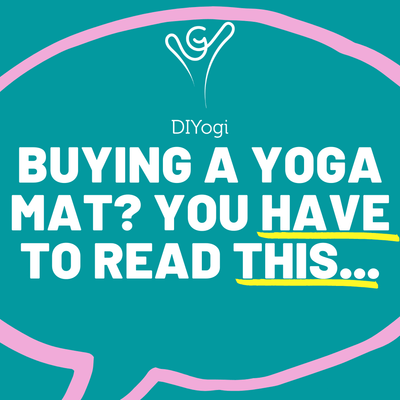
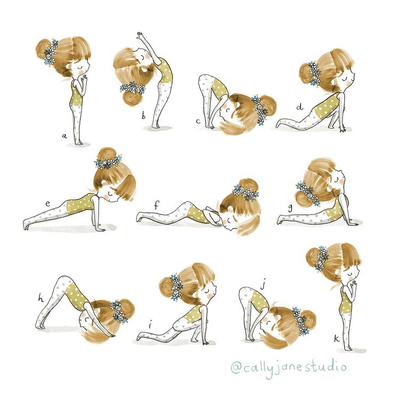
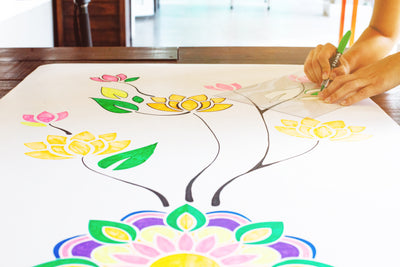
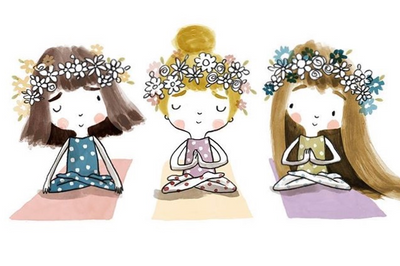
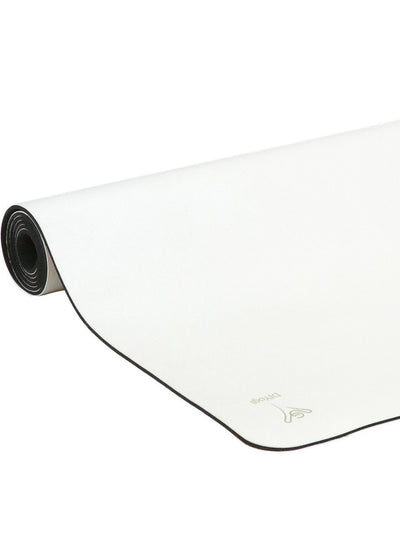
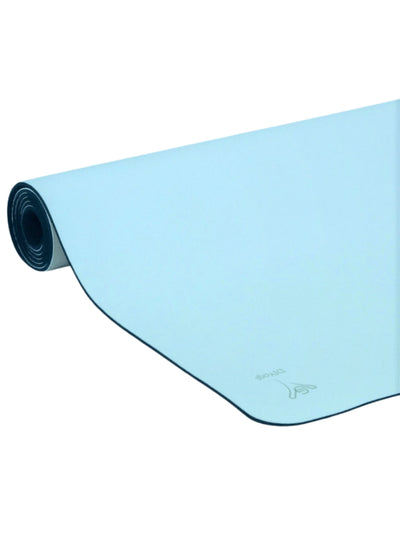
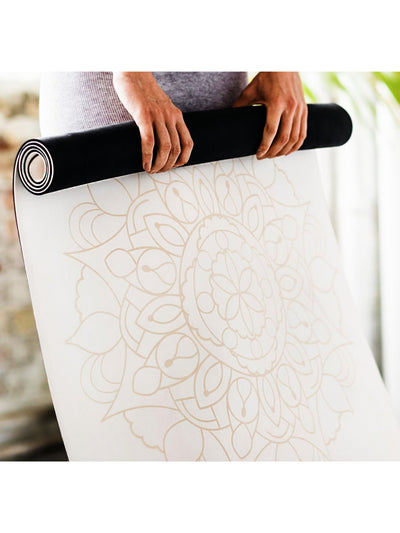
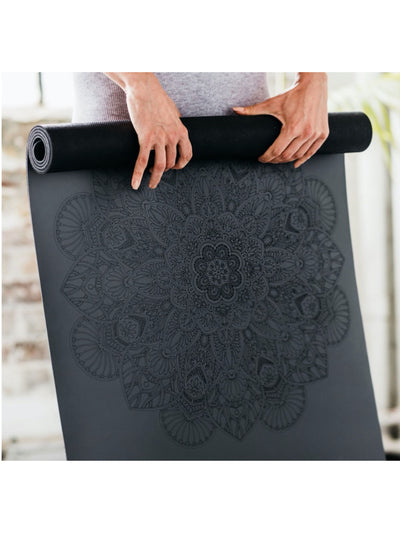
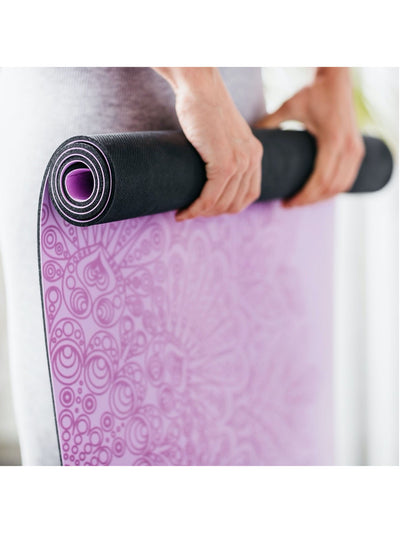
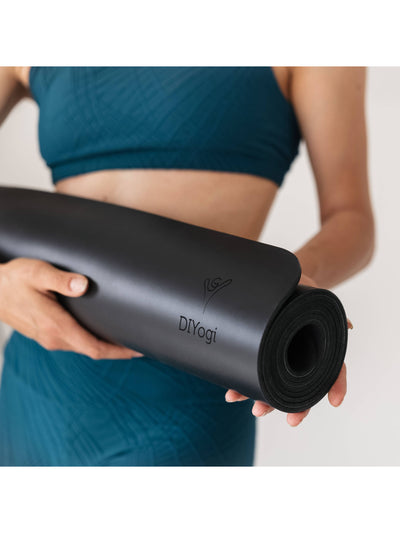
Leave a comment